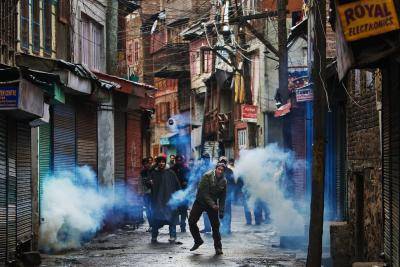Author: Ravale Mohydin
Affiliation: TRT World Research Centre
Organization/Publisher: TRT World Research Centre
Date/Place: April 8, 2021/Istanbul, Turkey
Type of Literature: Discussion paper
Number of Pages: 28
Keywords: Kashmir, India, Media Coverage, CNN, TRT, Agenda Setting, Media Framing
Brief:
On August 5, 2019, India revoked Article 370 of the Indian Constitution. Under this article, Kashmir held a semi-autonomous status; post-abrogation, Kashmir’s status changed from a State to the Union Territory of India. The author in this article analyzes how different international media outlets covered this event, using the lens of geopolitics, political-economic organization, and the global communications environment. To show the difference in their coverage of the revocation of article 370, the author uses two news outlets, CNN and TRT World, as an example. The author uses agenda-setting theory and media framing analysis to contrast media coverage of the outlets. A study examining media coverage found that CNN used the Indian security frame almost twice as much than TRT. This security frame justified India’s violent behavior in Kashmir as a defensive approach. In the past, CNN has also been using the Indian narrative more by using the terrorism label with Pakistan. In terminological terms for the protestors, CNN has been using the word “terrorist” more, while TRT has been using “rebels” and “protestors.” TRT’s approach towards Kashmir has been humanitarian, unlike CNN. Using such examples, the author shows how packaging the Kashmir dispute in a certain way brings consequences to its possibilities of conflict resolution.
By: Ruby Clayton, CIGA Research Associate




